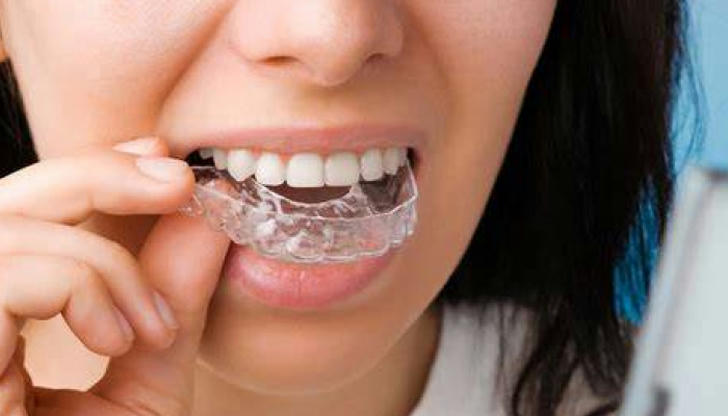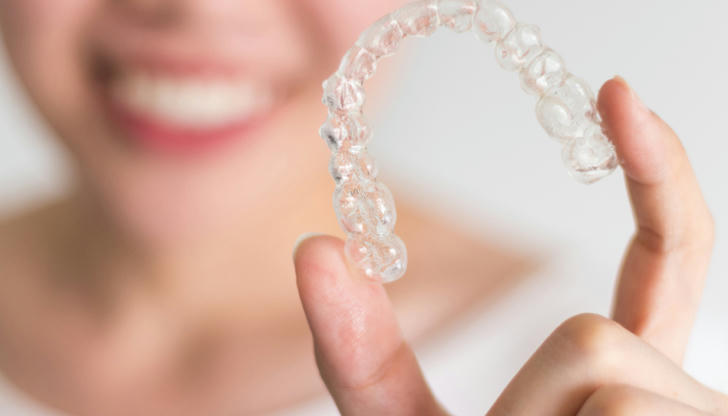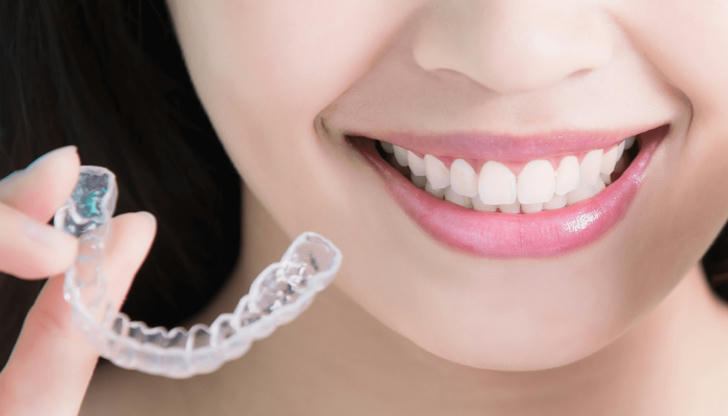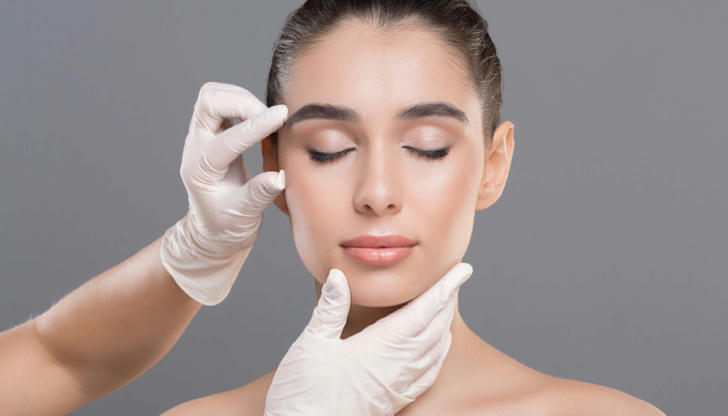The Importance and Advances in Orthodontic Treatment: A Comprehensive Guide to Modern Teeth Alignment

Orthodontics is a specialized field of dentistry focused on diagnosing, preventing, and treating dental and facial irregularities, primarily those related to the alignment of teeth and jaws. Over the past several decades, orthodontic treatment has evolved significantly, offering more effective, comfortable, and aesthetically pleasing solutions to individuals with crooked teeth, overcrowded mouths, and bite issues. While traditionally associated with teenagers, orthodontics has become increasingly popular among adults as well, with innovative techniques and devices available to cater to a wide range of patients. The goal of orthodontic treatment is not merely to enhance the appearance of a patient’s smile but also to improve oral health and functionality. Misaligned teeth can lead to a variety of oral health issues, including gum disease, tooth decay, and difficulty chewing or speaking. In this essay, we will explore the importance of orthodontics, discuss the different types of treatments available, delve into the benefits and risks of orthodontic procedures, and look ahead to future advancements in the field.
The Importance of Orthodontics
Orthodontic treatment is not just about achieving a beautiful smile. It is an essential component of overall oral health that can significantly improve a person’s quality of life. The alignment of teeth and jaws plays a vital role in how an individual chews, speaks, and even breathes. When the teeth and jaws are misaligned, it can cause a variety of problems beyond just aesthetic concerns, including:
- Oral Health Concerns Misaligned teeth, whether crowded, crooked, or protruding, can create difficulties in maintaining good oral hygiene. For example, teeth that overlap or are crooked can be harder to clean effectively, making it more likely that plaque and food particles will accumulate. This can result in tooth decay, gum disease, and bad breath. Additionally, poor alignment can contribute to excessive wear and tear on the teeth, leading to enamel erosion or even tooth fractures.
- Functional Issues Malocclusion, which refers to a misalignment of the teeth or the bite, can lead to functional issues such as difficulty chewing or speaking clearly. It can also cause stress on the jaw joints, leading to temporomandibular joint disorder (TMJ), a condition that causes pain, clicking, or popping sounds when opening or closing the mouth.
- Psychological Impact Beyond health, a person’s smile plays a major role in their self-esteem and social interactions. Individuals with visible dental imperfections, such as crooked or misaligned teeth, may feel self-conscious or anxious about their appearance. As a result, orthodontic treatment can have a significant psychological and social impact, boosting confidence and improving overall quality of life.
Types of Orthodontic Treatments
Orthodontic treatment can be categorized into several different methods, each with unique features and benefits. The choice of treatment depends on factors such as the severity of the misalignment, the patient’s age, and the specific goals of the treatment.
- Traditional Metal Braces Traditional metal braces have been the go-to orthodontic treatment for decades. These braces consist of metal brackets that are bonded to the teeth and connected by a wire. The wire is gradually tightened over time, which helps shift the teeth into their proper positions. Metal braces are still the most effective solution for severe alignment issues, including overbites, underbites, and overcrowded teeth. One of the major advantages of metal braces is their versatility in treating a wide range of dental issues. They are also typically the most affordable option for patients who require orthodontic treatment. However, traditional metal braces can be noticeable, and some patients experience discomfort due to the pressure exerted on the teeth. Additionally, they require frequent adjustments by an orthodontist.
- Ceramic Braces Ceramic braces work similarly to metal braces but are made from clear or tooth-colored materials, making them less noticeable. Ceramic braces are a popular choice for individuals who are concerned about the aesthetic appearance of their treatment. They are ideal for those who require the same level of correction as metal braces but prefer a more discreet option. While ceramic braces offer a more aesthetically pleasing appearance, they tend to be more fragile than metal braces and may require extra care to avoid breakage. The brackets also tend to stain more easily if not properly cared for, which may make them less desirable for some patients.
- Clear Aligners (Invisalign) Clear aligners, such as Invisalign, have become an increasingly popular alternative to traditional braces. These aligners are custom-made, removable plastic trays that gradually shift the teeth into the desired position. The aligners are nearly invisible, offering a discreet option for those who want to avoid the look of metal braces. Additionally, since they are removable, patients can take them out to eat, drink, and brush their teeth, making oral hygiene much easier compared to braces. One of the main advantages of clear aligners is their comfort. Because they do not have metal brackets or wires, they do not irritate the inside of the mouth. However, clear aligners are generally best suited for mild to moderate alignment issues and may not be as effective for more severe cases of misalignment or bite problems.
- Lingual Braces Lingual braces are similar to traditional metal braces but are placed on the back (lingual side) of the teeth, making them virtually invisible from the front. This treatment is an excellent option for patients who need the effectiveness of metal braces but prefer a completely hidden treatment. Lingual braces are custom-made to fit each patient’s teeth, which can increase comfort and reduce treatment time. However, lingual braces may require a longer adjustment period, as they can be more difficult to clean and maintain. Additionally, they can be more uncomfortable than traditional braces, particularly during the initial stages of treatment, due to their position on the back of the teeth.
- Functional Appliances Functional appliances are used to correct bite problems related to jaw misalignment, such as overbites or underbites. These devices work by gradually repositioning the jaw to improve the alignment of the teeth. Functional appliances are typically used in growing children and teenagers, as their jaws are still developing, allowing for better results. These devices may be fixed or removable, depending on the type and the specific needs of the patient. Some examples of functional appliances include the Herbst appliance, the Twin Block, and the Frankel appliance.
Benefits of Orthodontic Treatment

Orthodontic treatment offers a wide range of benefits, both for physical health and personal well-being. Some of the primary benefits include:
- Improved Oral Health Properly aligned teeth are easier to clean and maintain, which helps reduce the risk of tooth decay, gum disease, and bad breath. By correcting bite issues, orthodontic treatment can also help alleviate excessive wear on the teeth and reduce the risk of dental trauma from misaligned bites.
- Enhanced Functionality Orthodontic treatment improves the functionality of the teeth and jaws. This includes improving chewing efficiency, speech clarity, and even breathing. For individuals with severe bite issues or jaw misalignment, orthodontic treatment can significantly reduce discomfort and improve overall oral function.
- Aesthetic Improvement One of the most immediate and visible benefits of orthodontic treatment is the improvement in appearance. Straightening the teeth results in a more symmetrical and aesthetically pleasing smile. This can have a profound impact on a patient’s self-esteem and confidence, improving social and professional interactions.
- Long-Term Results Orthodontic treatment provides long-lasting results that improve oral health and overall quality of life. Unlike cosmetic procedures like teeth whitening, orthodontic treatment offers permanent corrections to the alignment of the teeth, making it a worthwhile investment for both health and appearance.
Risks and Considerations

- Treatment Time Orthodontic treatment typically takes several months to a few years, depending on the severity of the misalignment. This may be a drawback for individuals seeking faster results. Additionally, regular visits to the orthodontist for adjustments and checkups are required, which can be time-consuming and costly.
- Discomfort and Irritation Patients may experience mild to moderate discomfort or irritation, especially after adjustments or when using new devices like braces or aligners. This discomfort is typically temporary, but it may affect daily activities like eating or speaking.
- Risk of Root Resorption In some cases, long-term orthodontic treatment can lead to root resorption, where the roots of the teeth are shortened. While this is rare and usually does not cause significant problems, it can result in tooth loss in extreme cases.
The Future of Orthodontics

The field of orthodontics continues to evolve, with new technologies and treatments constantly emerging. The future of orthodontic treatment may include: •3D Imaging and Digital Planning: Advanced imaging techniques like 3D scanning and digital treatment planning will allow for even more accurate diagnosis and treatment planning, resulting in faster and more efficient orthodontic care. •Self-Ligating Braces: These braces use a unique design that eliminates the need for traditional elastic bands, reducing friction and providing a more comfortable treatment experience. •Invisalign Advancements: Future advancements in clear aligner technology may improve the treatment of more complex cases, making this method more accessible to a wider range of patients.
Conclusion
Orthodontics plays a crucial role in improving both the aesthetics and functionality of the teeth and jaws. With advancements in technology and treatment techniques, orthodontic procedures are more effective, comfortable, and accessible than ever before. Whether it's metal braces, clear aligners, or lingual braces, modern orthodontics offers solutions for patients of all ages, helping them achieve healthier, straighter teeth and a more confident smile. As the field continues to evolve, it holds the potential to provide even better outcomes with faster treatment times and less discomfort. Orthodontic treatment is an investment not only in one’s appearance but also in long-term oral health, offering benefits that last a lifetime.
